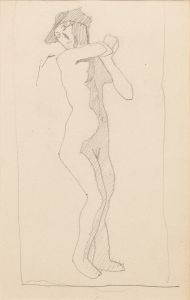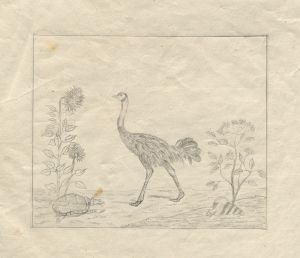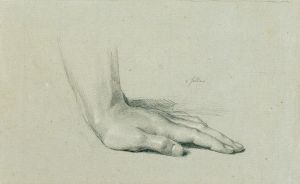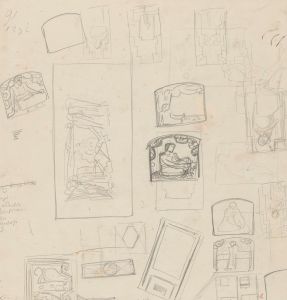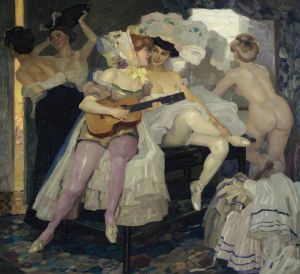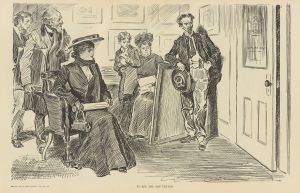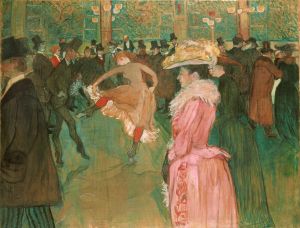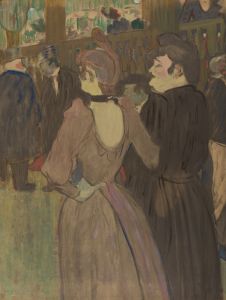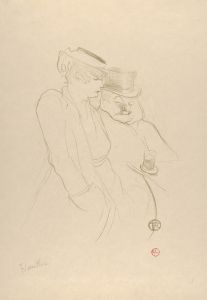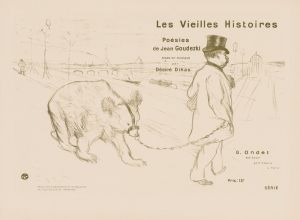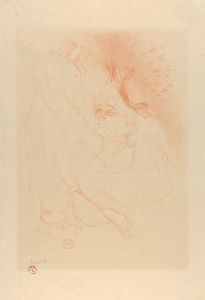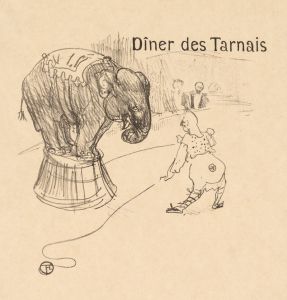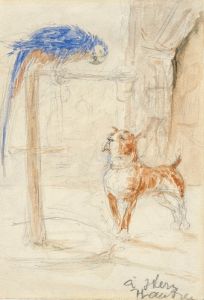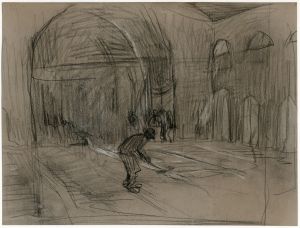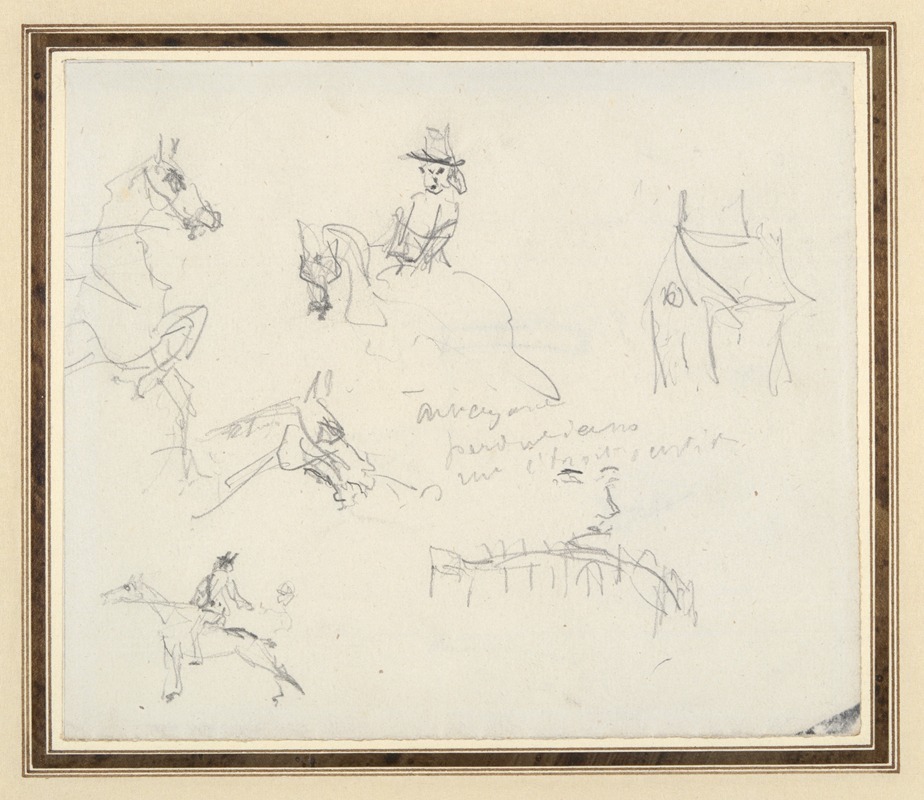
Sketchbook Page
A hand-painted replica of Henri de Toulouse-Lautrec’s masterpiece Sketchbook Page, meticulously crafted by professional artists to capture the true essence of the original. Each piece is created with museum-quality canvas and rare mineral pigments, carefully painted by experienced artists with delicate brushstrokes and rich, layered colors to perfectly recreate the texture of the original artwork. Unlike machine-printed reproductions, this hand-painted version brings the painting to life, infused with the artist’s emotions and skill in every stroke. Whether for personal collection or home decoration, it instantly elevates the artistic atmosphere of any space.
Henri de Toulouse-Lautrec, a prominent French painter, printmaker, and illustrator of the late 19th century, is widely recognized for his depictions of Parisian nightlife and his contributions to the Post-Impressionist movement. Among his many works, "Sketchbook Page" is a lesser-known but significant example of his artistic process and style.
This piece, as the title suggests, is a page from one of Toulouse-Lautrec's sketchbooks. Sketchbooks were an essential part of his creative practice, serving as a space for experimentation, observation, and the development of ideas. Toulouse-Lautrec often used these pages to capture fleeting moments, study human figures, or explore compositional elements that would later inform his finished works. His sketchbooks provide valuable insight into his working methods and his ability to distill the essence of his subjects with minimal lines and gestures.
"Sketchbook Page" showcases Toulouse-Lautrec's characteristic economy of line and his keen observational skills. The drawing likely features quick, spontaneous sketches, reflecting his interest in capturing the dynamism and individuality of his subjects. While the specific content of this particular page may vary, his sketchbook drawings often included studies of people, animals, or scenes from everyday life, rendered with a combination of precision and fluidity.
Toulouse-Lautrec's artistic style was heavily influenced by Japanese ukiyo-e prints, which emphasized bold outlines, flat areas of color, and a focus on composition. These influences are evident even in his preliminary sketches, where he demonstrated a strong sense of design and an ability to convey emotion and movement with minimal detail. His sketchbook pages often reveal his fascination with the human form, particularly the gestures and postures of his subjects, which he observed in the cabarets, theaters, and streets of Paris.
The exact date and context of "Sketchbook Page" are not always documented, as many of Toulouse-Lautrec's sketchbooks were disassembled or dispersed after his death. However, such works remain an important part of his artistic legacy, offering a glimpse into the mind of an artist who profoundly shaped the visual culture of his time. Today, Toulouse-Lautrec's sketches, including pages from his sketchbooks, are held in various museum collections and private archives, where they continue to be studied and appreciated for their artistic and historical significance.





